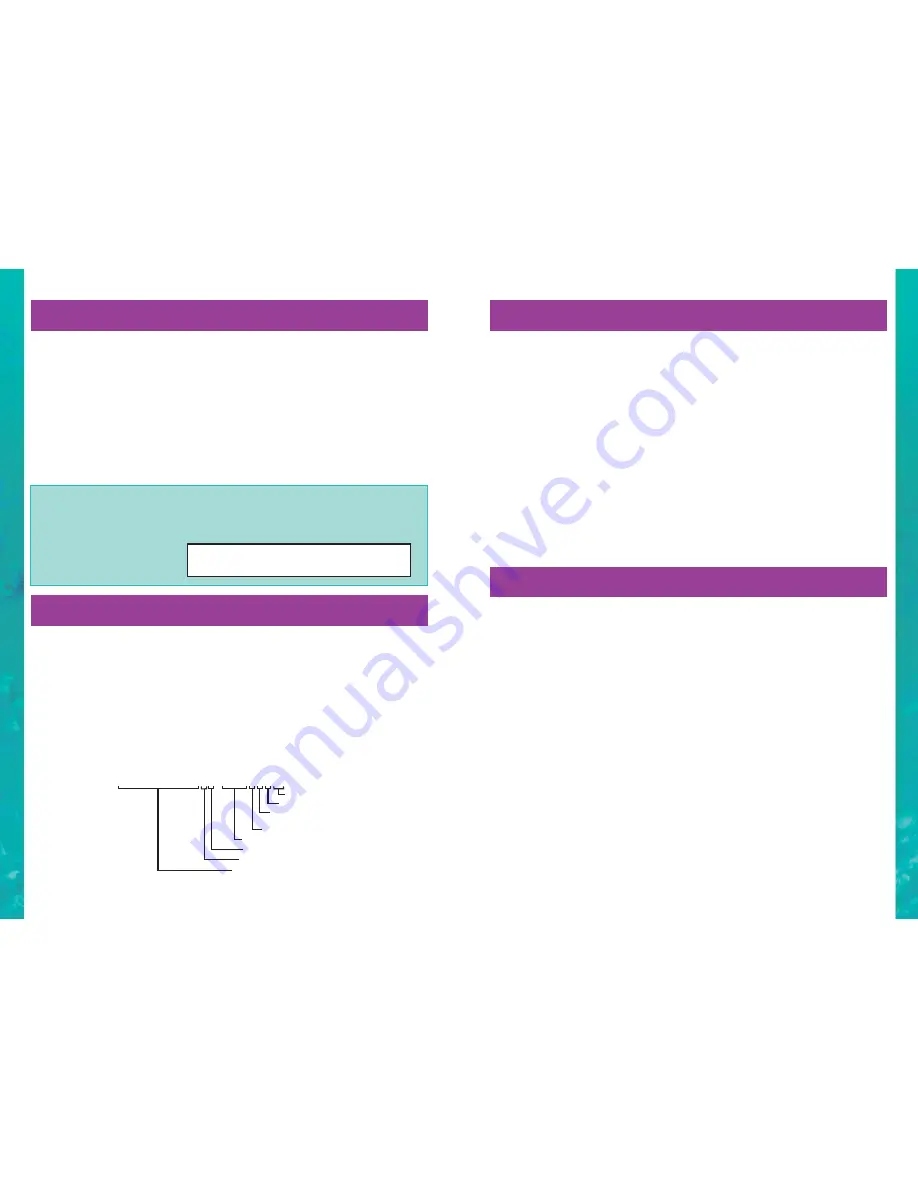
• In case of eye contact: Wash out eye with plenty of water, holding eye open if necessary.
Seek immediate medical advice.
• In case of skin contact and burns: Wash affected area with plenty of cold water for at
least 10 minutes.
• If swallowed: Wash out mouth with water, drink some fresh water. Do not induce vomiting.
Seek immediate medical advice.
• In case of inhalation: Remove person to fresh air.
• In case of doubt, seek medical advice without delay. Take the chemical together
with the container with you.
• In case of injury always seek medical advice.
DO
read these instructions before use, follow them and keep them for reference.
DO
keep young children, animals and those not wearing eye protection away from the experimental area.
DO
always wear eye protection.
DO
store experimental sets out of reach of children under 10 years of age.
DO
clean all equipment after use.
DO
make sure that all containers are fully closed and properly stored after use.
DO
wash hands after carrying out experiments.
DO
dispose of chemicals in accordance with local and national regulations.
DO NOT
use equipment which has not been supplied with the set or recommended
in the instructions for use.
DO NOT
eat, drink or smoke in the experimental area.
DO NOT
allow chemicals to come into contact with the eyes or mouth.
DO NOT
replace foodstuffs in original container. Dispose of immediately.
a) Read and follow these instructions, the safety rules and the first aid information, and keep
for reference.
b) The incorrect use of chemicals can cause injury and damage to health. Only carry out those
activities which are listed in the instructions
c) This chemical set is for use only of children over 10 years of age.
d) Because children’s abilities vary so much, even within age groups, supervising adults should
exercise discretion as to which experiments are suitable and safe for them. The instructions
should enable supervisors to assess any experiment to establish its suitability for a particular child.
e) The supervising adult should discuss the warnings and safety information with the child or children
before commencing the experiments. Particular attention should be paid to the safe handling of
acids, alkalies and flammable liquids.
f) The area surrounding the experiment should be kept clear of any obstruction and away from the
storage of food. It should be well lit and ventilated and close to a water supply. A solid table with
a heat resistant top should be provided.
g) The Spirit Burner should be placed on a metal tray. Fill the burner three quarters full with Methylated
Spirits. You need about 3mm of wick protruding from the cap. Keep the bottle of Methylated Spirits
well away from the Spirit Burner. Light the burner with a match. CAUTION! The flame is nearly
colourless and in bright sunlight it may be invisible. It is very easy to burn yourself.
Record the telephone number of your local hospital (or local poison
centre) in the box below.
(Write the number in NOW so you do not have to search for it in an emergency)
Telephone Local Hospital:
First Aid Instructions
Instructions for use, storage and maintenance.
• Hold goggles with one hand, if possible without touching the lens. Pull the elastic head band over the
back of your head, just above the ears so that the goggles sit on your forehead. Carefully pull the
goggles down over the eyes and adjust the strap for a snug and comfortable fit. Ensure the goggles
are kept clean and dry, and cannot come into contact with loose chemicals or sharp objects.
• Wash with warm soapy water, rinse and dry with a soft cloth.
• These goggles are only to be used with the contents and instructions supplied. If goggles become
damaged, do not attempt to repair; discard immediately.
• Materials which may come into contact with the wearer’s skin could cause allergic reactions
to susceptible individuals.
• Goggle markings - Edu-Science (HK) Ltd 1 S - EN166 3 S H CE
Safety Goggles User Information
Safety Matters
Advice for Supervising Adults
THE SAFETY RULES
4
5
Manufacturer
Optical glass
S - increased robustness
European standard for Personal Eye Protection
3 - for use with liquids
S - intended for protection against
droplets or splashes
H - designed to fit small heads
CE - complies with EN 166




































